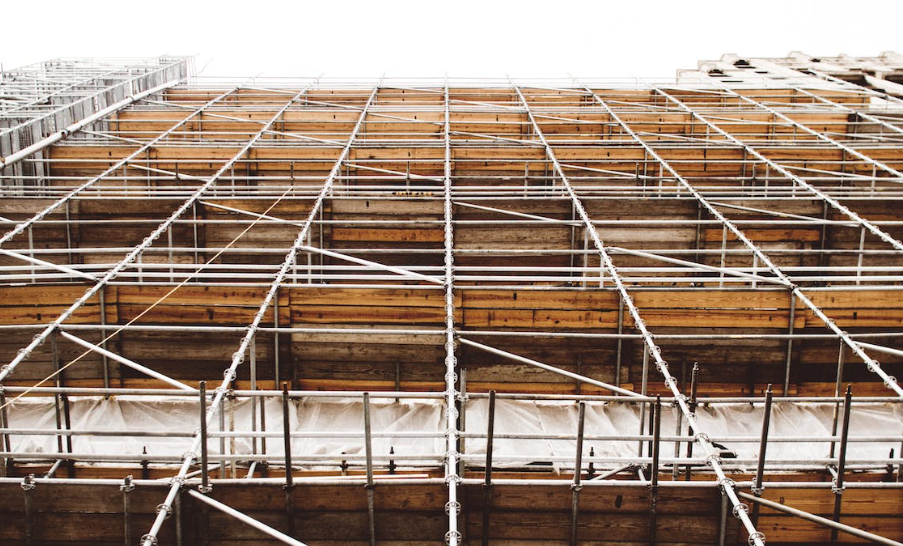
In the ever-evolving world of construction and architecture, the emphasis on safety and efficiency has never been greater. With towering skyscrapers and intricate building designs becoming the norm, reliable scaffolding units are paramount.
Among the numerous options available, one answer stands out for its versatility and safety: modern scaffolding systems. In this article, we delve into the world of these structures, exploring their features, benefits, and the pivotal role they play in contemporary construction projects.
What is Modern Scaffolding?
Modern scaffolding, a temporary structure used to support workers and materials during the construction, maintenance, or repair of buildings, has undergone significant transformations over the years. These systems are designed to be easily assembled and dismantled, offering a blend of durability, safety, and adaptability. They cater to various construction needs, from simple residential renovations to complex commercial projects.
Types of Scaffolding Systems
Several types of scaffolding systems are used in construction, each with unique features and applications. Some of the common types include:
- Tube and Clamp Scaffolding: This system involves steel tubes secured by clamps. It’s highly versatile and can be used in various configurations.
- Frame Scaffolding: Commonly used for smaller projects, this type consists of prefabricated frames and is easy to assemble.
- Kwikstage Scaffold Formats: Known for its robustness and ease of assembly, Kwikstage scaffolding is widely used in various construction projects.
Safety Features of Modern Scaffolding
Safety is a paramount concern in any construction project. Modern scaffolding systems have numerous safety features to protect workers and the public. These include guardrails, toe boards, and non-slip platforms. Regular inspections and maintenance ensure the scaffolding remains safe and secure.
Advantages of Using Modern Scaffolding
- Enhanced Safety: With built-in safety features, these systems significantly reduce the risk of accidents.
- Improved Efficiency: Easy assembly and disassembly save time and labour costs.
- Versatility: Adaptable to different types of construction projects.
Scaffolding in Australian Construction
In Australia, modern scaffolding adheres to strict standards and regulations to deliver safety and efficiency. Australian builders and contractors must follow these guidelines, ensuring that scaffolding is structurally sound and safe for workers and the public.
Scaffolding and Environmental Sustainability
Modern-day scaffolding frameworks increasingly focus on environmental sustainability. Using recyclable materials and efficient designs minimises the environmental impact of construction projects. This aspect is becoming a crucial consideration in selecting scaffolding brands by environmentally conscious builders and contractors.
Future of Scaffolding in Construction
The future of scaffolding in the construction industry looks promising. With advancements in technology and materials, we can expect even more innovative and safer scaffolding solutions. These developments will continue to enhance the efficiency and safety of construction projects, keeping pace with the growing demands of modern architecture.
Conclusion
The world of modern scaffolding is a testament to the advancements in construction technology and safety. From the versatile Kwikstage scaffolding format to the stringent safety standards in Australia, these systems play an indispensable role in the success of any construction project.
As we look to the future, the continual evolution of scaffolding technology promises to further revolutionise the construction industry, making it safer, more efficient, and environmentally sustainable.
For further insights into the impact of construction technology on modern architecture, examine the latest discussions on innovative building techniques. This topic sheds light on the myriad ways technology is shaping the future of construction, offering a glimpse into the groundbreaking methods transforming the industry.